16 Different Types of Windows used in Buildings
A window is an opening space generally built over the wall in a building to allow daylight, and free air circulation into the rooms and to give an outside view as well as the passing of sounds. Windows play a vital role in the ventilation of a room.
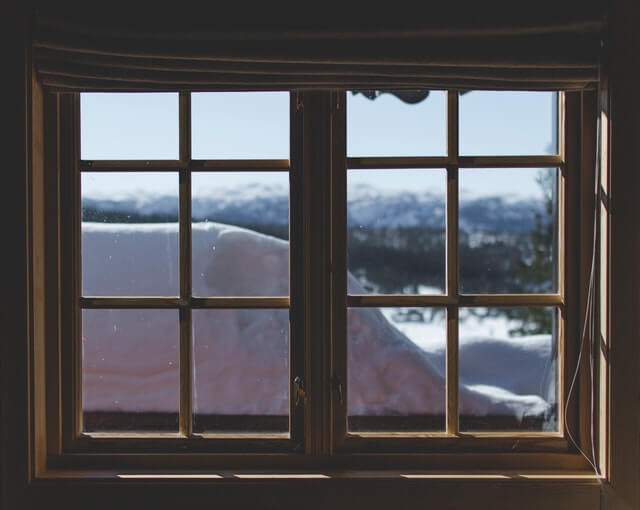
The most common materials used to build windows are timber, steel, and aluminium. But, steel may be damaged by chemical reactions with time, while timber may be attacked by termites, but aluminium window frames are mostly durable and does not have any defects and are widely used these days, but the price is compared to the other materials is little high. Windows also enhance the beauty of the building.
To select a suitable window for a building, some important factors have to be checked and followed, such as:
⇒ Location of the room.
⇒ Size of the room.
⇒ Wind direction to the room.
⇒ The climate of that area.
⇒ Utility of the room where the window has to be fixed.
⇒ Architectural point of view.
⇒ And also, types of building.
By following the above-mentioned criteria, a window is selected in a room while constructing the building.
Windows can be classified based on their positions, materials, and configuration. Following are the 16 types of windows that are commonly used in buildings.
1. Fixed Windows
2. Sliding Windows
3. Casement/Ordinary Windows
4. Glazed/ Sash Windows
5. Pivoted Windows
6. Metal Windows
7. Corner Windows
8. Bay Windows
9. Louvered Windows
10. Double Hung Windows
11. Dormer Windows
12. Clerestory Windows
13. Gable Windows
14. Lanterns or lantern lights
15. Skylights
16. Ventilators
Let’s know more about these 16 types of windows:
1. Fixed Windows
As the name suggests, these types of windows are basically fixed to the wall which cannot be opened or closed but, the lights can be transmitted easily into the room through fully glazed shutters that are fixed to the window frame. The shutters provided are generally weatherproof.
These windows are also named as pictured windows, as they are sometimes provided only for viewing outside views of nature. The price of such type of window is somewhat less as compared to the other types of windows.
Generally, the average cost for a fixed window is about $250. If you want to add a wooden frame instead of a steel frame then its price will be a little more.
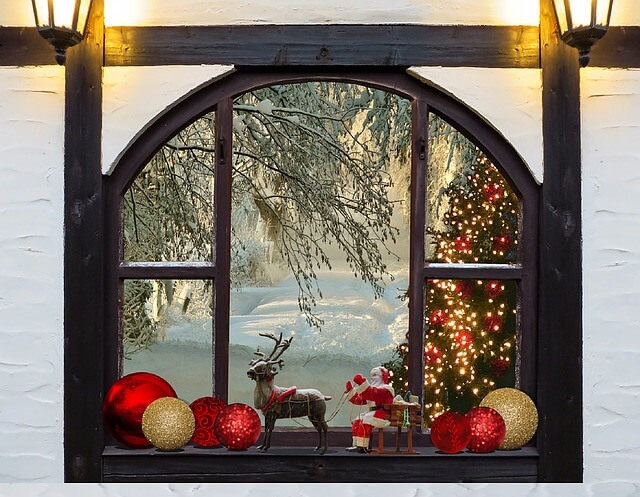
Read Also: Principles of Building Planning
2. Sliding Windows
Sliding windows are generally used in shops, bank counters, office cabins, corridors, etc. In this type, the shutters used in the frame of the windows are movable. The shutters can move both horizontally or vertically inside the frame. This movement is totally based on the provision of roller bearings used in the shutters.

The main disadvantage of this type of window is that it cannot be opened fully i.e. one side of the window is always closed. Sliding windows can be double-track sliding or triple-track sliding. The advantage of this type of window is that it can move within its internal space provided i.e. no extra space is required to function fully.
The cost of a sliding window can vary from $300 to $1,300. Its cost depends on the size of the windows, the number of panels, glass quality, etc.
3. Casement Windows
Casement windows are widely used these days. This type of window allows more ventilation area than other types. Though this type of window is generally prohibited near walkways and traffic areas. The shutters of the casement windows open like doors. Adequate spaces have been provided to the frame to receive the shutters. The construction of this type of window is similar to the construction of a door alike. The panels of the window shutters can be single or multiple.

These Casement windows are very easy to operate and are specifically designed for resisting rain and wind to get inside the room from outside, and for that reason, the direction of the windows cannot be reversed.
Casement Windows installation is somewhat more costly than fixed and sliding windows. Normally the average price for a casement window is about $500. But it may be $1,500 or more depending on their size and the types of materials you want to use.
4. Glazed/ Sash Windows
The glazed/ Sash window is similar to the casement window. But, as the name suggests, the panels of the window shutters are fully glazed. It is made of top, bottom, and intermediate rails. The space between the rails is divided into small panels known as sash bars or glazing bars.
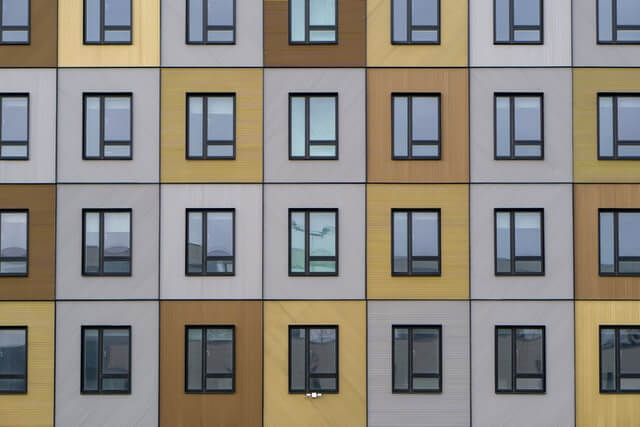
5. Pivoted Windows
Pivoted windows are again identical to casement windows except no rebates are required for the frame and the movement of the shutters are slightly different. The pivots which help to oscillate the shutter can either be made horizontally or vertically and is easy for cleaning purpose. Also, it allows more light than the side hung windows.
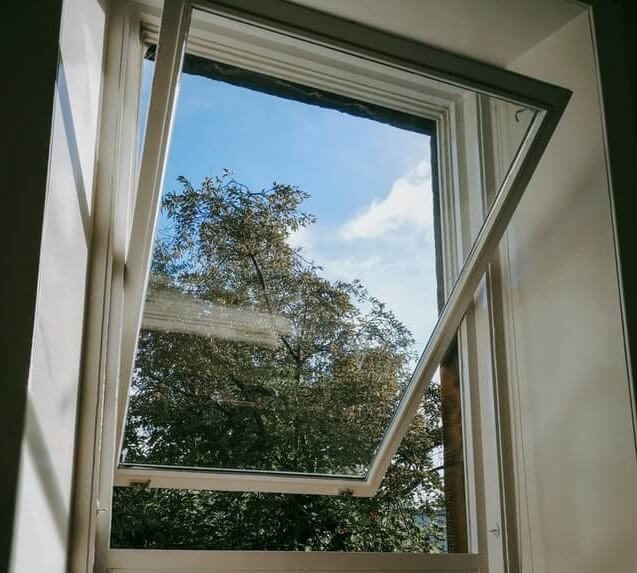
6. Metal Windows
Windows made of mild steel and aluminum which can be directly fixed to the wall or with a wooden frame, and it is very cost-effective and strong and widely used these days in building construction. Windows made of bronze being very costly is restricted to only important works.
Metal windows are fixed into the rooms only after the masonry work is done and the lintels are provided above the opening of the windows. Mild Steel windows can be manufactured in different sizes, shapes & types, and are widely used in the building construction industry these days. Metal shutters are used for normal casement/ordinary windows to give strong support to the panels.
7. Corner Windows
Corner windows in a room consist of two faces in perpendicular directions at the corners of a room. This type of window can allow light, and air ventilation from two different sides. While constructing this type of window, a special lintel is provided in the wall to give support to the masonry work above the opening of the window. Corner windows give aesthetic looks to the room.

8. Bay Windows
Usually, bay windows are projected to an exterior wall and it generally starts from the floor level or sill level. These types of windows allow more ventilation of air as well as lights. Bay windows can be of different shapes, i.e. either triangular or rectangular or polygonal shape. If you provide only a few numbers of bay windows it may improve the view of your house.
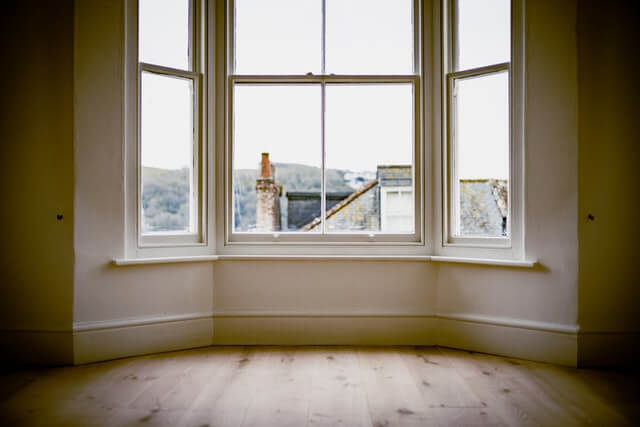
9. Louvered Windows
These types of windows provide ventilation without any outside vision i.e. sufficient privacy is guaranteed even when the window is open.
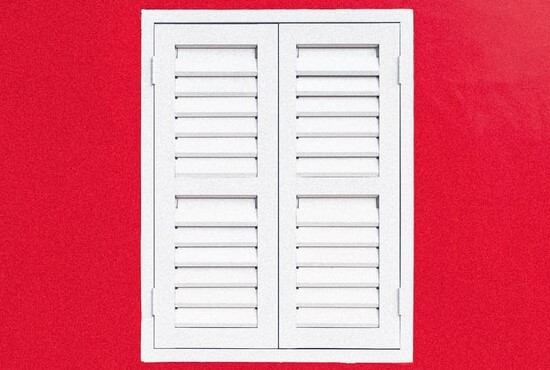
The shutters of the windows are fixed with louvers and are made of a top rail and bottom rail. The inclination of louvers is about 45°(recommended). The slope of louvers can be maintained by tilting the cord and lifting the cord. Generally, the louvers are made of wood, glass or metal and are specially used for bathrooms, toilets, and private places.
10. Double Hung Windows
This type of window is made of a pair of shutters that are attached to one frame. In this type of window, One shutter is at the top and the other shutter is at the bottom. A double-hung window can open from top or bottom and it slides vertically within the frame. Each shutter is connected with metal weights by means of cords or chains. By this method, window ventilation can be better controlled.
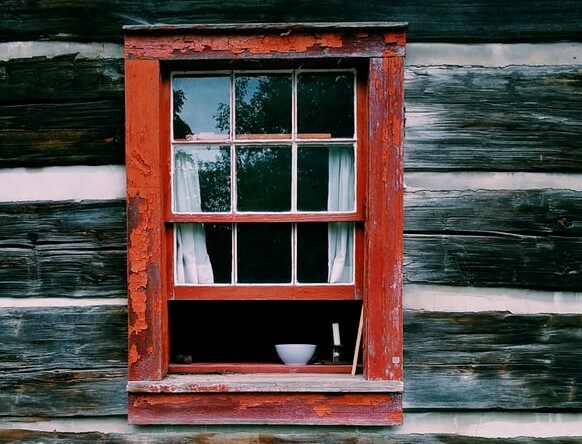
11. Dormer Windows
Dormer windows are constructed on the sloping surface of the roofs. The main features of these types of windows are to allow adequate light and air circulation to the room. Dormer windows are constructed within the roof slopes. It also enhances the beauty of the room.

12. Clerestory Windows
These types of windows are generally used in a room where the ceiling height is different, which means that a particular room has a greater ceiling height than the other rooms and this window is fixed near the top of the main roof. Generally, this type of window is provided where the front side of the room is blocked from light and air circulation.
This type of window can be operated by the use of pulling cords, one attached to the top rail and the other attached to the bottom rail of the shutter. The upper part of the window should be open inside and the bottom part of the window should be open outside so that rainwater cannot enter the room, and this should be fixed with utmost care and proficiency.
13. Gable Windows
This particular type of window is usually fitted at the gable end of the sloping roof of the building for which they are known as gable windows. This type of window enhances the view of the building and has been used since old times.
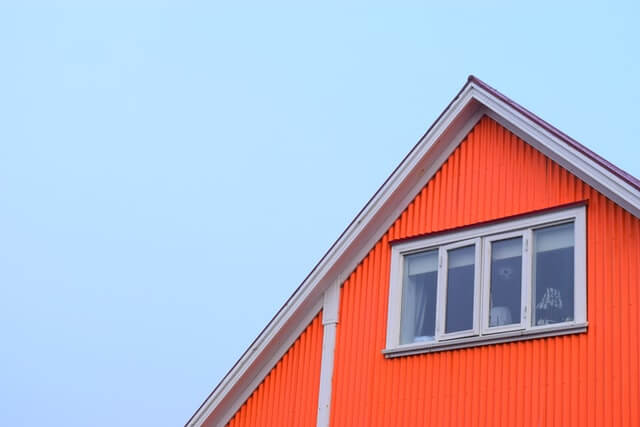
14. Lantern Windows
Lantern windows are fitted to the flat roof of the building just to provide more light or air circulation to the room if the room is blocked from all sides and unable to provide windows in the wall of the room to transfer adequate light and air circulation. But, if the window has to be fixed for air ventilation purposes, then there must be pivoted shutters provided with a provision of cord or pulleys to open or close that window accordingly. The shutters of the window should be fixed with glass panels.

15. Skylights
Skylight windows are generally waterproof and are fixed with glass panels on the sloping surface of a pitched roof in a parallel way. The main purpose of skylight windows in a building is to allow more light inside the room. It can be opened when required.
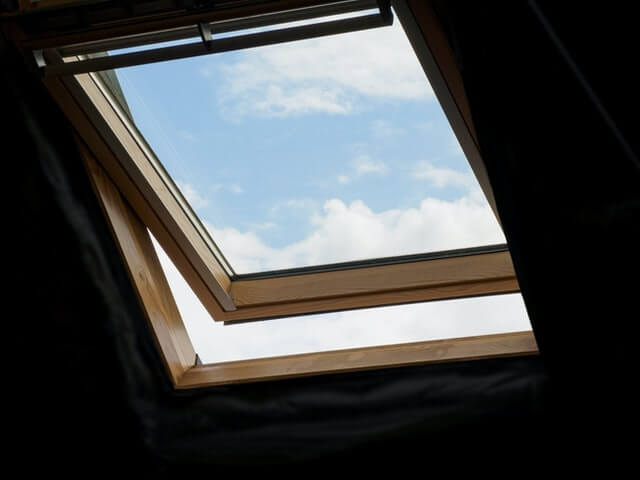
16. Ventilators
Ventilators are mostly fixed near the ceiling of the room and are of very small size compared to the size of the window. It is fixed for the purpose of ventilation in the room and opens upwards and out. Pivoted shutters are provided horizontally in the case of ventilators. While in some cases wired mesh is used in lieu of shutters for which sunshade is provided to prevent rainwater.
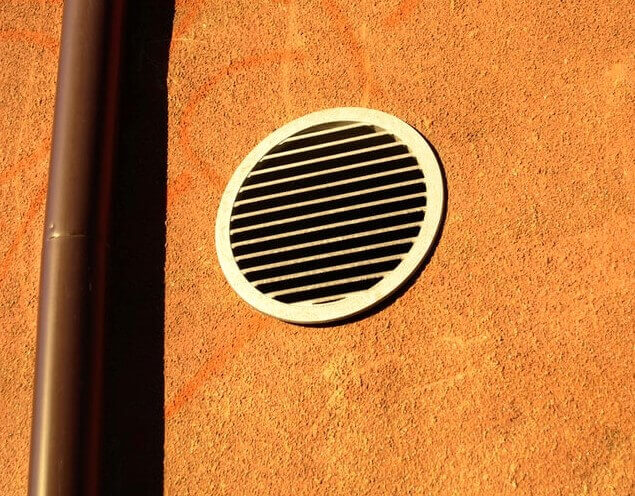
17. Arched Windows
The arch window is nothing but a window which are classified based on its shape. These are designed in such a way that it gives the house a beautiful appearance. Its upper part is round-shaped, and it is generally made of glass or a combination of steel and glass. These types of windows cannot be opened or closed. This type of window is only installed to allow light to enter the room.
Read Also: